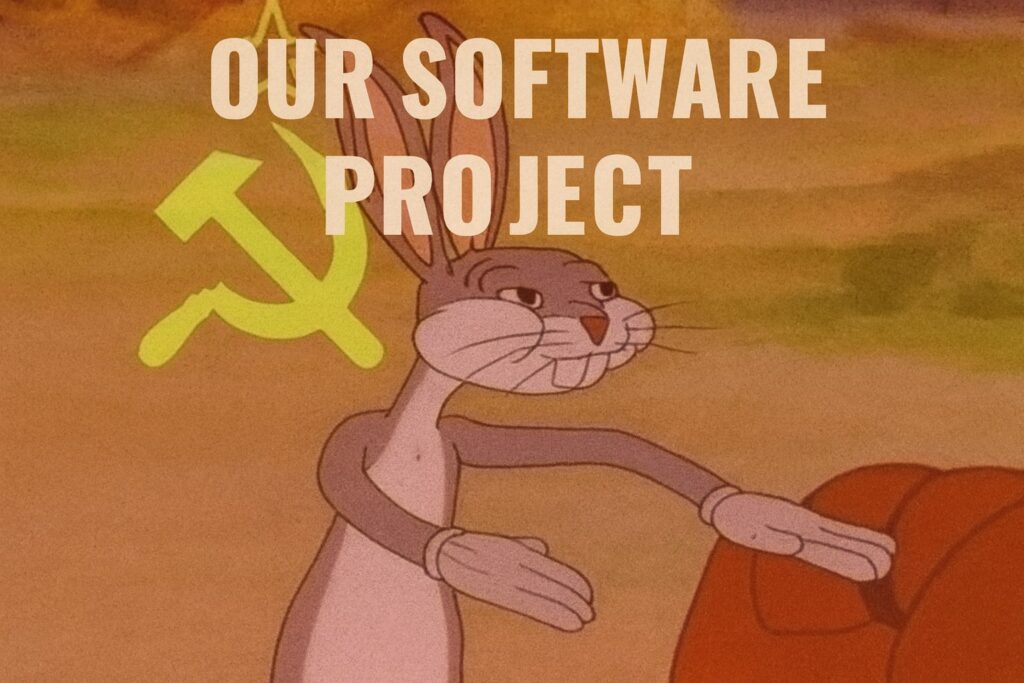
You spend months architecting the perfect system, setting up pristine models, writing elegant code, and documenting every endpoint. You finally ship it out into the world… and then your users show up and do whatever they want with it. Suddenly, the product you thought was yours becomes something else entirely. Spoiler: it’s their product now, and you’re just along for the ride.
Developers Build, Users Adopt
Inside the team, we obsess over tickets, roadmaps, and deadlines. We polish interfaces and stress over whether that dropdown should be on the left or the right. But users don’t care about your Jira board. They will happily ignore the feature you spent six weeks perfecting, and instead fall in love with something you built as a side utility.
In one POS system, we rolled out an elegant purchase-order entry flow, cleanly designed to handle suppliers and stock tracking. Users barely touched it. Instead, they lived inside a “quick adjust” tool I originally built for correcting mistakes. That tool, meant to tweak inventory counts after fat-fingering, became the de facto way of managing stock.
Or take email verification. I thought it was a reasonable safeguard. Turns out, a surprising number of users struggled to find the confirmation link in their inbox, and support tickets piled up. My clever security measure quickly felt like a practical joke I was playing on my own customers.
Adoption doesn’t follow your plan. It follows whatever users find useful (or at least tolerable) in the moment.
The Feedback Loop You Didn’t Design
You can run usability tests, surveys, or A/B experiments, but the real test is what sticks once it’s live. Users create their own meaning and habits around features. Some will use a product exactly as intended, but many will invent workarounds that become permanent fixtures.
The funny part is how quickly your “edge case” turns into core functionality. That quirky endpoint you built just for debugging? Someone out there is relying on it as the centerpiece of their workflow. Congrats, it’s no longer a throwaway — it’s a mission-critical feature. Whether you like it or not.
Adoption Isn’t Linear
Every dev has felt this mismatch: the feature you’re most proud of flops, and the quick hack becomes the star. You put weeks into designing a beautiful, flexible dashboard, but users still just want CSV exports. You build a carefully engineered subscription system, and people rave about how great the password reset email looks.
It’s humbling, and a little funny, to realize that adoption is rarely aligned with your personal pride as a developer. Users don’t care if your system is elegant. They care if it helps them get through their day with less hassle.
The Lesson
The relationship between product development and user adoption is messy, unpredictable, and sometimes hilarious. You can guide it, but you can’t control it. At the end of the day, success isn’t measured by your clever architecture diagrams. It’s measured by how much of what you built users actually latch onto.
So the next time you’re tempted to argue about the purity of your design, remember: you may have written the code, but your users are writing the story. And sometimes it’s a comedy.